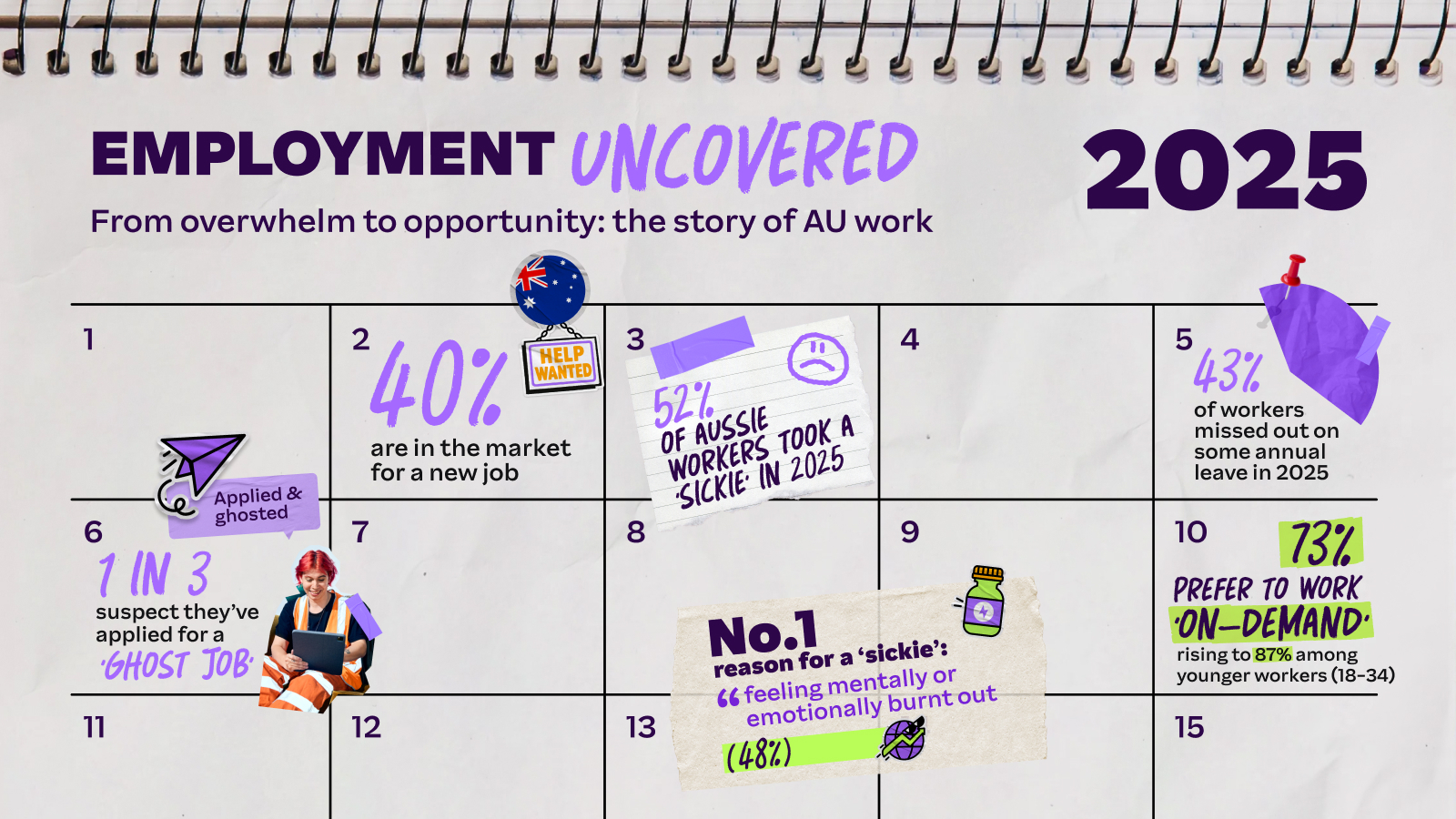Get across the five major workplace and payroll policy changes so your business stays compliant, confident and ready for the new year.
Australian employers are facing a fresh wave of regulatory changes in the coming months: from industrial relations adjustments and workforce rights to payroll, superannuation and state-specific reforms.
For small to medium enterprises especially, staying ahead of these changes is vital to avoid compliance pitfalls, ensure payroll and HR systems are up to date, and maintain good employment practices. In this article, we spotlight five key policy shifts scheduled for the period between November 2025 and February 2026, along with practical actions your business can take now to prepare.
Payroll & Superannuation Changes to Budget For
While many employers are already updated for the significant changes that took effect from 1 July 2025 (such as the rise in the superannuation guarantee rate and increased minimum wage/award rates), attention must now shift to what’s coming into effect in the next few months.
Although detailed commencement dates for some measures are still being finalised, employers should assume that further changes around payroll timing, super contributions, and classification may land before February 2026. For example, some commentary anticipates changes in superannuation payment frequency and stricter payroll compliance demands.
Preparing now means updating your budgeting and payroll-system settings, communicating upcoming cost impacts to leadership, and ensuring your classification of employees (award, classification level, casual vs permanent status) is current.
Action checklist:
- Review payroll software and ensure you can handle any new components (e.g., new allowances, loadings, shift-based penalties or super timing changes).
- Revisit headcount forecasts and budget for any increases in employer cost.
- Update employee communication: inform staff of upcoming entitlements or changes to take effect in the next few months.
New Leave, Conversion Rights & Workforce Engagement Rules
The regulatory landscape around leave entitlements, casual conversion rights and workforce engagement continues to evolve. Although many reforms came into effect in 2024 and early-2025 (e.g., casual conversion rights and the “right to disconnect”) there are still transitional phases, state by state roll-outs and employer obligations coming online in the upcoming window.
Employers should specifically watch for: the extension of certain leave entitlements, changes in how casual conversion rights apply (including to smaller employers), and remote/hybrid work entitlements or obligations that could affect rosters and scheduling.
Action checklist:
- Audit your casual workforce: check if any casuals are working regular and systematic hours and may now have rights to convert.
- Review your leave policy to ensure it reflects any new entitlements or accrual processes.
- Update employment contracts and handbooks to reference new rights and obligations, including communication about the “right to disconnect” and after-hours expectations.
IR & Compliance Reforms Under the Fair Work Legislation Amendment
Significant industrial relations reform continues to shape Australia’s workplace compliance obligations. The “Closing Loopholes” legislation, among other changes, introduced stricter definitions around casual employment, wage-theft offences, and after-hours work rights.
As we approach late 2025/early 2026, certain provisions or enforcement focus may intensify (for instance, audits by the Fair Work Ombudsman or the general push for compliance). Employers must ensure their workforce classification, contract templates, and record-keeping align with these reforms.
Action checklist:
- Conduct a contract review: ensure employees and casuals are correctly classified under the new definitions (e.g., are casuals truly ad hoc, or are they working “regular and systematic” hours?).
- Confirm your policies around overtime, rostering, shift planning and after-hours contact reflect the IR reforms.
- Maintain up-to-date records of hours worked, changes to status, conversion requests and any communications around employment classification.
Emerging ‘Right to Disconnect’, Remote/Hybrid Work & After-Hours Work Policies
One of the most visible cultural and regulatory shifts has been around the “right to disconnect”, which gives employees the legal ability to refuse work-related communications outside normal working hours unless unreasonable.
Onboard Express.
While this change has largely taken effect for larger employers, smaller businesses need to ensure they are compliant in the upcoming phases and that their systems for remote work, rostering, after-hours availability and on-call arrangements are robust. There may also be further expectations or guidance in the period ahead that relate directly to hybrid/remote work models and after-hours engagement.
Action checklist:
- Update your after-hours communication policy: specify when employees are not expected to respond, how on-call systems operate, and what constitutes “unreasonable” contact.
- Review remote and hybrid working agreements: ensure they include scheduling, availability, overtime, and record-keeping expectations.
- Provide training for managers on when after-hours contact is permitted, when it constitutes work and how to document it appropriately.
State-Based Reforms & Multi-Jurisdiction Traps for Multi-Site Employers
While many employment law reforms are federal, several changes are state-specific and may start rolling out between November 2025 and February 2026. For example, proposed reforms in NSW regarding the workers’ compensation regime for psychological injuries are already underway.
Employers operating across multiple states must be especially vigilant: each jurisdiction may have unique commencement dates, differing public-holiday arrangements, portable long service leave schemes, or WHS duties that vary. Failing to align national policy with local requirements can expose businesses to compliance risk.
Action checklist:
- Identify which states and territories your business operates in, and map relevant upcoming legislative changes by jurisdiction.
- Update contracts, policies and handbooks to reflect state-specific obligations (for example long service leave portability, state-specific public holiday dates or mental health/psychological safety reforms).
- Brief HR and operations leads in each location on the upcoming changes, and monitor commencement dates so the business is ready when each reform lands.


























